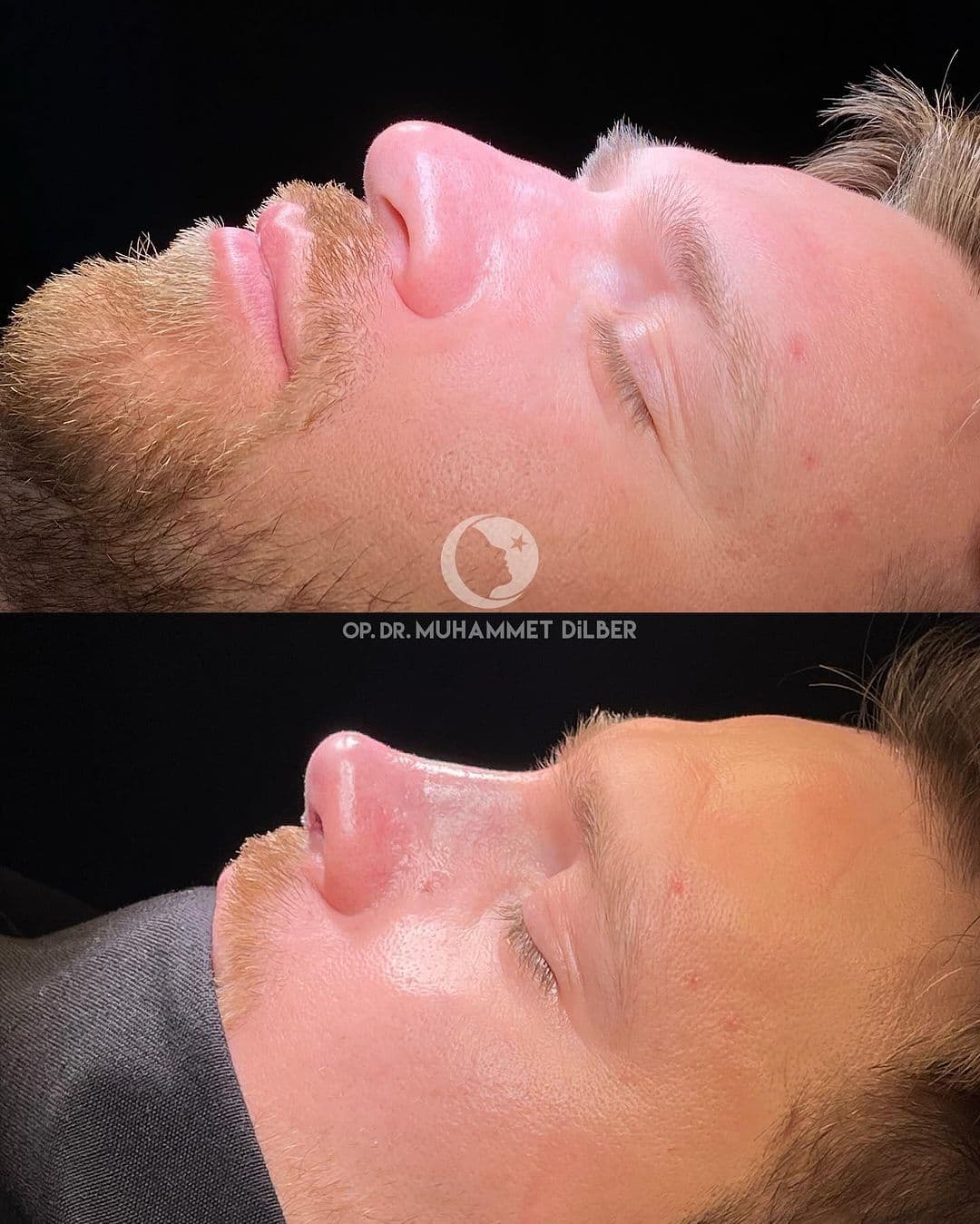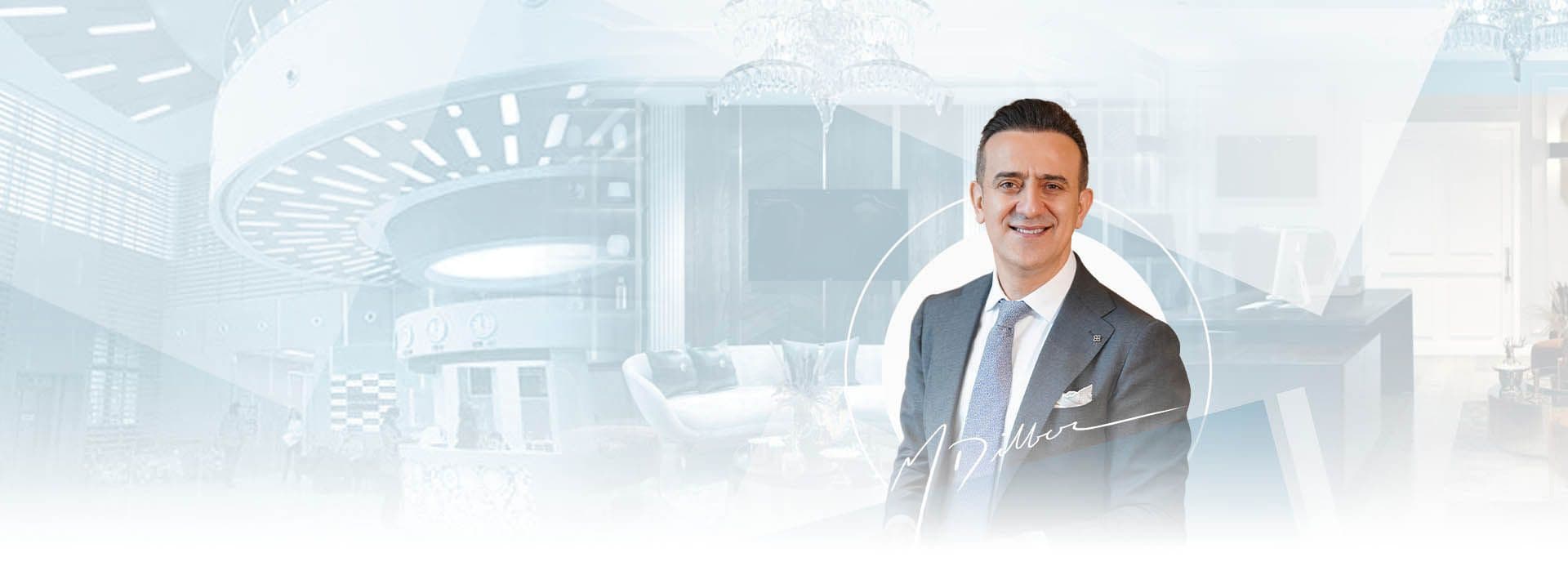
Rhinoplasty

What is Closed Rhinoplasty?
07/12/2023
Rhinoplasty, or nose surgery, is a popular cosmetic procedure that aims to enhance the aesthetic appeal and functionality of the nose. Understanding the different types of rhinoplasty is crucial for individuals considering this transformative surgery. In this comprehensive guide, we will explore various rhinoplasty types to help you make an informed decision about the procedure that best suits your needs.
1. Closed Rhinoplasty: The Subtle Approach
Closed rhinoplasty is a minimally invasive technique where incisions are made inside the nose, leaving no visible external scars. This approach is ideal for patients seeking subtle changes to the nose's appearance, such as refining the tip or narrowing the bridge. With a quicker recovery time compared to open rhinoplasty, closed rhinoplasty is a popular choice for those desiring a less dramatic transformation.
The Subtle Transformation: Benefits of Closed Rhinoplasty
● Minimal Scarring: One of the primary advantages of closed rhinoplasty is the absence of external scarring. The incisions made inside the nostrils leave no visible marks, contributing to a more aesthetically pleasing outcome.
● Faster Recovery: Closed rhinoplasty typically boasts a quicker recovery period compared to open rhinoplasty. Since there are no external incisions, patients often experience less postoperative swelling and bruising, allowing them to return to their daily activities sooner.
● Natural-Looking Results: The closed technique is well-suited for individuals seeking subtle changes to their nasal appearance. The procedure allows for precise alterations, ensuring a natural look that complements the patient's facial features.
Who is an Ideal Candidate for Closed Rhinoplasty?
Closed rhinoplasty is ideal for individuals seeking minor adjustments to their nasal aesthetics, such as refining the tip, narrowing the nostrils, or addressing small asymmetries. Candidates should be in good overall health and have realistic expectations about the outcomes achievable through this technique.
The Procedure Unveiled: What to Expect
During closed rhinoplasty, the surgeon makes incisions within the nostrils, providing access to the nasal structures. The cartilage and bone are then sculpted to achieve the desired shape and proportions. The incisions are closed, and the natural healing process begins. Patients can expect to see the final results as swelling subsides over the following weeks.
1. Closed Rhinoplasty: The Subtle Approach
Closed rhinoplasty is a minimally invasive technique where incisions are made inside the nose, leaving no visible external scars. This approach is ideal for patients seeking subtle changes to the nose's appearance, such as refining the tip or narrowing the bridge. With a quicker recovery time compared to open rhinoplasty, closed rhinoplasty is a popular choice for those desiring a less dramatic transformation.
The Subtle Transformation: Benefits of Closed Rhinoplasty
● Minimal Scarring: One of the primary advantages of closed rhinoplasty is the absence of external scarring. The incisions made inside the nostrils leave no visible marks, contributing to a more aesthetically pleasing outcome.
● Faster Recovery: Closed rhinoplasty typically boasts a quicker recovery period compared to open rhinoplasty. Since there are no external incisions, patients often experience less postoperative swelling and bruising, allowing them to return to their daily activities sooner.
● Natural-Looking Results: The closed technique is well-suited for individuals seeking subtle changes to their nasal appearance. The procedure allows for precise alterations, ensuring a natural look that complements the patient's facial features.
Who is an Ideal Candidate for Closed Rhinoplasty?
Closed rhinoplasty is ideal for individuals seeking minor adjustments to their nasal aesthetics, such as refining the tip, narrowing the nostrils, or addressing small asymmetries. Candidates should be in good overall health and have realistic expectations about the outcomes achievable through this technique.
The Procedure Unveiled: What to Expect
During closed rhinoplasty, the surgeon makes incisions within the nostrils, providing access to the nasal structures. The cartilage and bone are then sculpted to achieve the desired shape and proportions. The incisions are closed, and the natural healing process begins. Patients can expect to see the final results as swelling subsides over the following weeks.

Open rhinoplasty involves an external incision across the columella (the strip of skin between the nostrils), providing the surgeon with better visibility and access to the nasal structure. This technique is often recommended for complex procedures requiring significant reshaping. While open rhinoplasty may result in a small scar, its advantages in terms of precision and control make it a preferred option for more extensive nose transformations.
3. Ethnic Rhinoplasty: Celebrating Diversity in Beauty
Ethnic rhinoplasty recognizes and respects the unique characteristics of different ethnicities. The goal is to enhance the nose's appearance while maintaining cultural identity. Surgeons performing ethnic rhinoplasty must have a deep understanding of the patient's cultural background to achieve results that are harmonious and natural-looking.
4. Revision Rhinoplasty: Correcting Imperfections Sometimes, individuals may not be satisfied with the results of their initial rhinoplasty. Revision rhinoplasty is a corrective procedure designed to address issues that may have arisen from a previous surgery. This type of rhinoplasty requires a skilled and experienced surgeon who can navigate the challenges posed by scar tissue and altered nasal anatomy.
5. Functional Rhinoplasty: Improving Breathing and Functionality While rhinoplasty is often associated with cosmetic enhancements, functional rhinoplasty focuses on improving nasal functionality. This type of surgery is beneficial for individuals experiencing breathing difficulties due to structural issues like a deviated septum. Functional rhinoplasty aims to combine aesthetic improvements with enhanced respiratory function.
3. Ethnic Rhinoplasty: Celebrating Diversity in Beauty
Ethnic rhinoplasty recognizes and respects the unique characteristics of different ethnicities. The goal is to enhance the nose's appearance while maintaining cultural identity. Surgeons performing ethnic rhinoplasty must have a deep understanding of the patient's cultural background to achieve results that are harmonious and natural-looking.
4. Revision Rhinoplasty: Correcting Imperfections Sometimes, individuals may not be satisfied with the results of their initial rhinoplasty. Revision rhinoplasty is a corrective procedure designed to address issues that may have arisen from a previous surgery. This type of rhinoplasty requires a skilled and experienced surgeon who can navigate the challenges posed by scar tissue and altered nasal anatomy.
5. Functional Rhinoplasty: Improving Breathing and Functionality While rhinoplasty is often associated with cosmetic enhancements, functional rhinoplasty focuses on improving nasal functionality. This type of surgery is beneficial for individuals experiencing breathing difficulties due to structural issues like a deviated septum. Functional rhinoplasty aims to combine aesthetic improvements with enhanced respiratory function.
